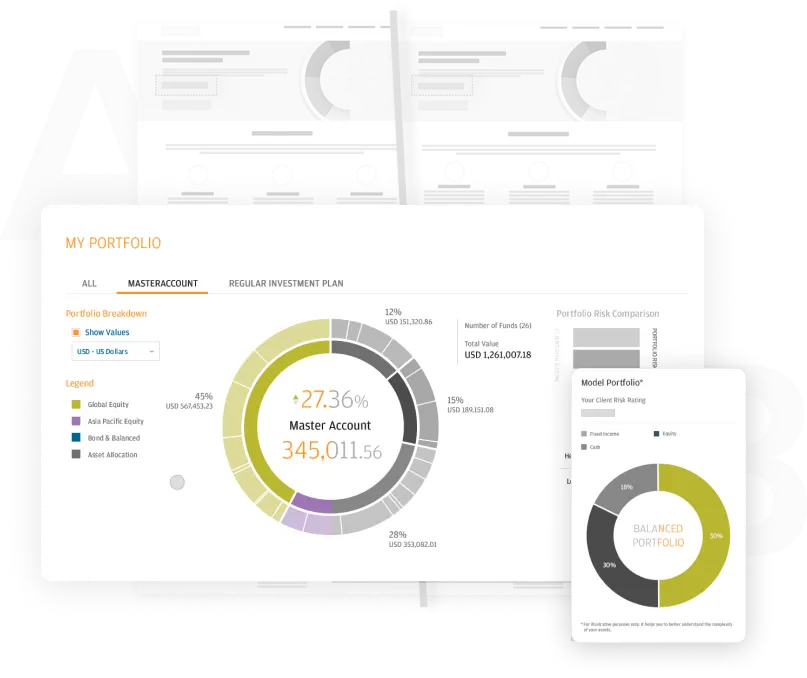
Quality Assurance As a Long-Term Success Guarantee
Quality assurance is a process that guarantees the adherence to specified standards in order to maintain a high level of quality throughout the entire development lifecycle.
Schedule expert session
Quality Assurance Is the Cornerstone of Your Success
Quality Assurance guarantees that products or services meet established quality standards. It encompasses testing, defect identification, consistency, and customer satisfaction. It is crucial to continuously improve and adapt to changing market conditions and user needs.
What Are the Benefits of Quality Assurance Stage?
Bug Identification
We help to identify and address bugs and defects in the early stages of development, ensuring a more stable and reliable final product. This leads to improved overall software quality and customer satisfaction.
Consistent Performance
Contribution to the consistent and reliable performance of the software by testing its functionality under various conditions. This helps to prevent unexpected issues and ensures the product performs as intended in different environments.
Cost Savings
Detecting and fixing issues is generally more cost-effective than addressing them later in the development process or after the product has been deployed. QA helps minimise the likelihood of costly post-release errors, reducing overall development expenses.

How New Features Increased Sales Conversion
A well-crafted user interface can demystify the intricate market of mutual funds, providing clarity and ease for users. This supports confident decisions, boosting user engagement and significantly enhancing sales conversion rates - precisely what the Digital Department had to achieve.
Establishing the overall quality assurance strategy and plan. This includes defining quality standards, test objectives, resource requirements, and schedules. The planning phase sets the foundation for the entire QA process.
Test cases are executed, and the software is systematically tested to identify defects or deviations from expected behaviour. This phase includes various testing types, such as unit testing, integration testing, system testing, and user acceptance testing.
Controlling the quality assurance activities. This involves tracking progress against the QA plan, identifying and addressing issues, and ensuring that the testing process aligns with the established standards.
Generating comprehensive reports detailing the testing results, including identified issues, their severity, and resolutions. Then the team ensures that all identified defects are addressed. The QA process is formally closed, and the product is considered ready for release.
-
How does your team work?
-
What kind of specialists do you have in your team?
-
What is the minimum lead time for a project?
-
What kind of project management methodology do you use?
-
What is the cost range of projects you’ve worked on?
-
Which industries have you worked with so far?
-
Where can I find examples of your work?
Product Creation
Our expert team guides the design process, ensuring your products align with your exact specifications and are poised for market success, emphasising precision and readiness.
More about Product CreationSales Support
A well-designed UX and UI can significantly boost your company's sales. If you are unsure how to achieve this, explore our work process.
More about Sales Support